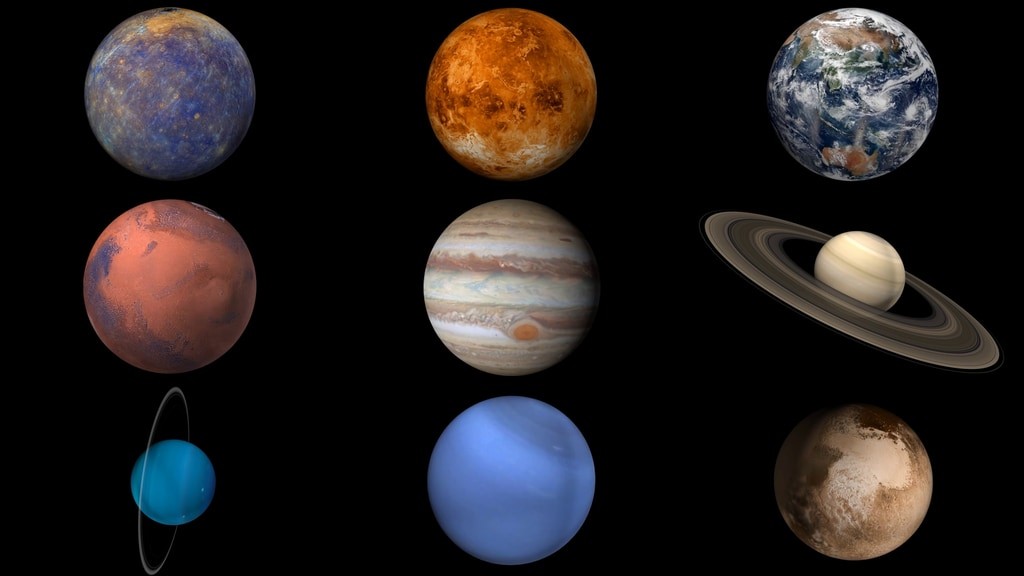Mercury, the smallest planet in our solar system, is known for its extreme temperatures. But just How Hot Is Mercury Compared To Earth? This article delves into the scorching realities of Mercury’s climate and explores the factors that contribute to its intense heat.
Mercury’s proximity to the Sun plays a significant role in its extreme temperatures. Daytime temperatures can soar to a staggering 800°F (430°C). To put that in perspective, that’s hot enough to melt lead! This intense heat is due to the Sun’s powerful radiation bombarding the planet’s surface.
However, Mercury’s lack of a substantial atmosphere means it cannot retain this heat. Consequently, nighttime temperatures plummet to a frigid -290°F (-180°C). This drastic temperature swing of over 1,100°F (600°C) makes Mercury the planet with the greatest temperature variation in our solar system.
While Mercury experiences extreme heat, it’s important to note that it’s not the hottest planet in our solar system. That title belongs to Venus, thanks to its thick, carbon dioxide-rich atmosphere which traps heat through a runaway greenhouse effect. Venus boasts a consistent surface temperature of around 900°F (475°C), making it even hotter than Mercury’s maximum temperature.
Earth, on the other hand, enjoys a much more moderate climate. Our planet’s average temperature hovers around 57°F (13.9°C). This comfortable temperature range is largely due to Earth’s atmosphere and its ability to regulate temperature, preventing the extreme fluctuations seen on Mercury. The atmosphere acts like a blanket, trapping some of the Sun’s heat and preventing it from escaping back into space.
The significant difference in temperatures between Mercury and Earth highlights the crucial role of an atmosphere in regulating a planet’s climate. While Mercury’s thin exosphere offers minimal protection from the Sun’s radiation, Earth’s substantial atmosphere acts as a shield, creating a habitable environment for life to thrive.
Mercury’s unique orbital characteristics also contribute to its temperature extremes. Its highly elliptical orbit brings it significantly closer to the Sun at certain points, further intensifying the solar radiation it receives. This, coupled with its slow rotation, results in prolonged periods of intense heat and extreme cold.
In conclusion, while Mercury’s surface can reach incredibly high temperatures during the day, exceeding those on Earth by hundreds of degrees, its lack of an atmosphere results in equally extreme cold at night. Earth’s moderate temperatures are a testament to the importance of a substantial atmosphere in regulating a planet’s climate and creating a habitable environment. The stark contrast between these two planets provides valuable insights into the factors that contribute to planetary climate and habitability.
